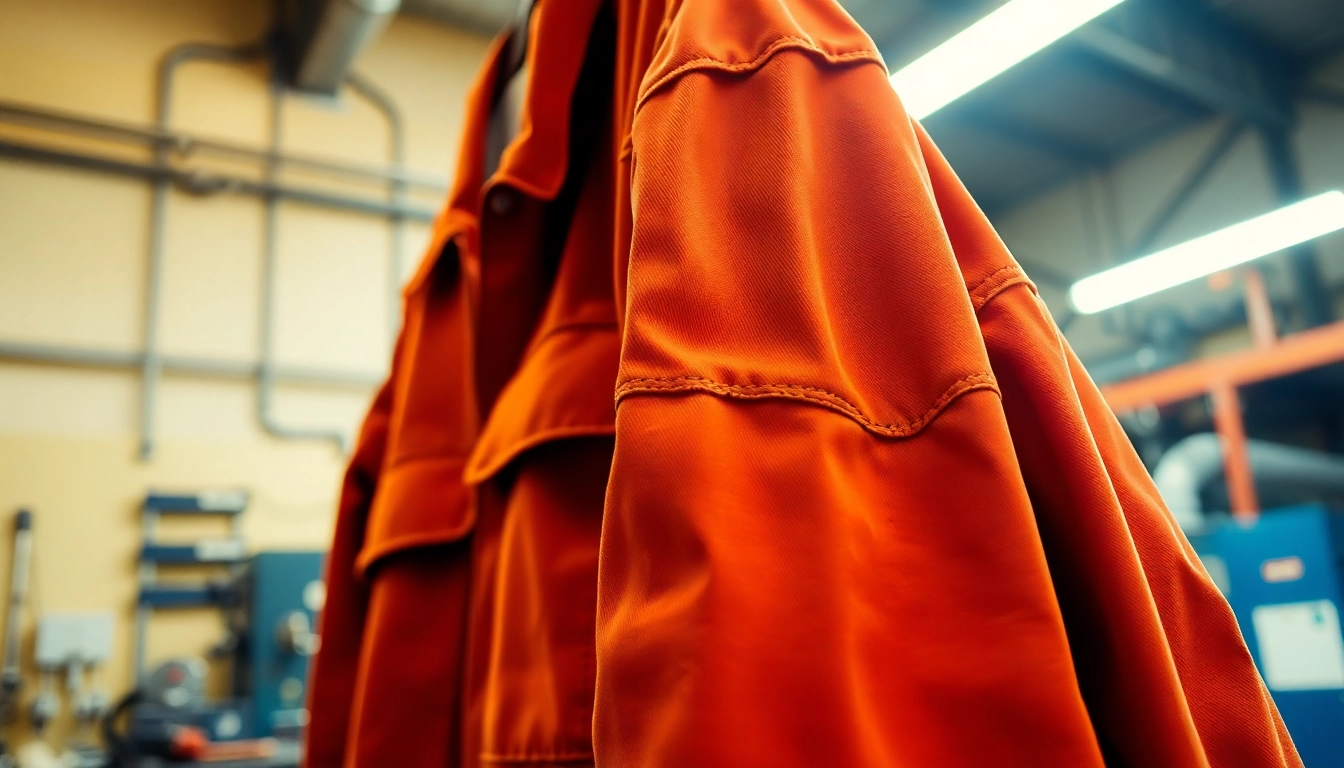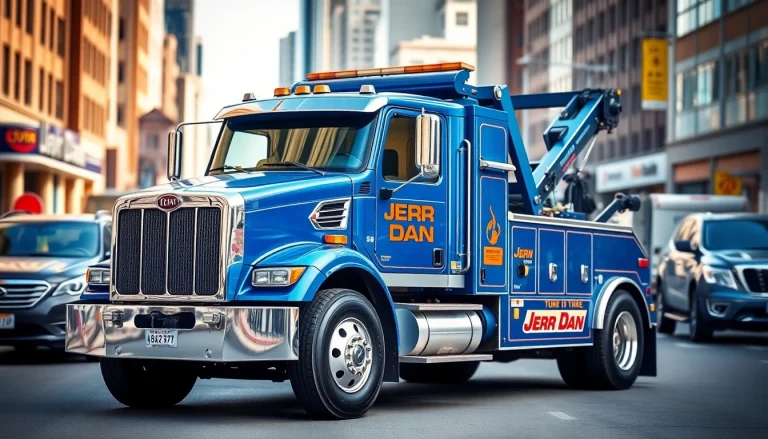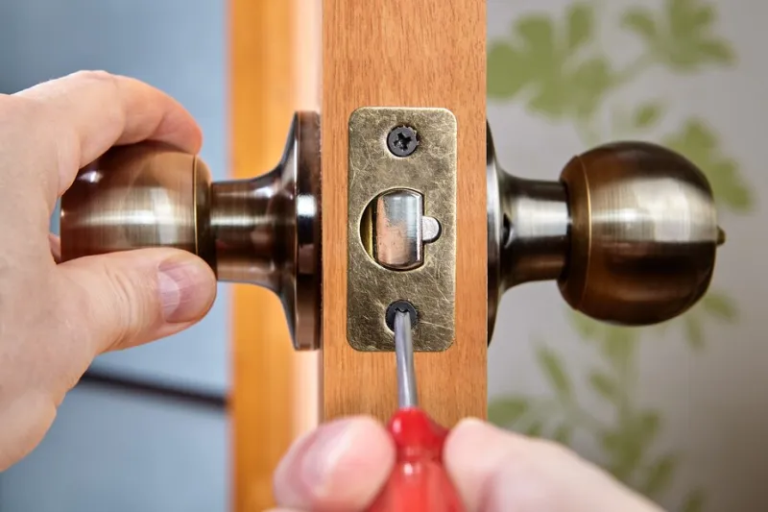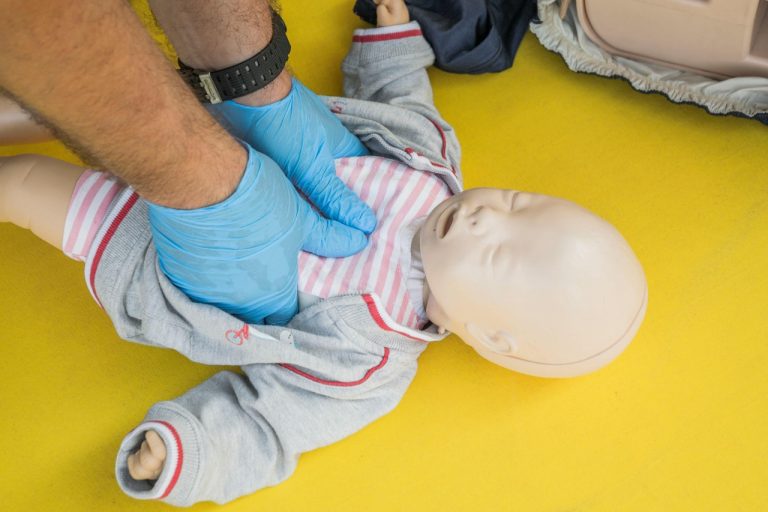
Understanding Welding Jackets
What is a Welding Jacket?
A welding jacket is a protective garment specifically designed for welders and metalworkers. This specialized type of clothing is made from materials that are flame-resistant, offering essential protection from the hazardous conditions associated with welding tasks. Welders expose themselves to intense heat, harmful UV radiation, and flying sparks, making suitable protective gear critical. The primary purpose of a welding jacket is to safeguard the upper body from these dangers while allowing welders to perform their tasks efficiently. Typically, welding jackets are constructed from materials like flame-resistant cotton or leather, ensuring both comfort and safety.
Importance of Wearing a Welding Jacket
The necessity of wearing a welding jacket cannot be understated, especially given the dangers present in a welding environment. Welders face various risks, including:
- Burns and Skin Damage: Exposure to sparks, hot metal, and flames can cause significant skin injuries. A welding jacket is designed to shield the skin from these hazards.
- UV and IR Radiation: Welding processes emit harmful ultraviolet (UV) and infrared (IR) radiation. A welding jacket helps mitigate the risk of skin damage caused by these radiation forms.
- Physical Protection: Beyond heat and burns, welding can lead to abrasions from tools and equipment. A sturdy jacket provides an extra layer of physical protection.
- Compliance: Many workplaces require adherence to safety standards. Wearing a welding jacket ensures compliance with occupational safety regulations.
Key Features to Look for in a Welding Jacket
When selecting a welding jacket, certain features are vital for ensuring maximum protection and comfort. Here are key attributes to consider:
- Material: Look for jackets made from flame-resistant cotton or leather. Flame-resistant cotton provides breathability and comfort, while leather offers enhanced durability and protection.
- Fit: A welding jacket should fit well without being overly baggy, which can catch on equipment or impede movement.
- Length: Long jackets provide better protection for the body. Opt for designs with extended lengths that cover the hips and torso adequately.
- Closure Style: Jackets may come with zippers or snaps; ensure the front closure is tight to prevent sparks from entering.
- Overlapping Flaps: These prevent sparks from reaching your skin or clothes beneath the jacket.
Types of Welding Jackets
Cotton vs. Leather Welding Jackets
Two primary materials dominate the market for welding jackets: cotton and leather. Each offers distinct advantages and caters to specific needs.
Cotton Welding Jackets
Cotton welding jackets are popular due to their comfort and breathability, making them suitable for long hours in a hot working environment. These jackets typically have a flame-resistant treatment to protect against sparks and spatter. Brands like Black Stallion and Tillman offer high-quality cotton options in a variety of styles and flame resistance ratings.
Leather Welding Jackets
Leather welding jackets, on the other hand, are renowned for their durability and superior protection against abrasions and punctures. They are especially favored for heavy-duty applications and environments where welders face frequent contact with sharp materials. Leather is inherently flame-resistant, making it an excellent choice for demanding welding tasks. While these jackets may be less breathable than cotton options, they provide exceptional protection.
Flame-Resistant Materials Explained
The effectiveness of a welding jacket largely hinges on the materials used in its construction. Flame-resistant (FR) materials are engineered to withstand exposure to flames and heat without igniting or melting. Common flame-resistant materials include:
- Fleece: Used in some jackets, fleece offers warmth but can be flammable if not treated. It’s usually paired with outer layers of flame-resistant fabric.
- FR Cotton: Treated cotton remains sufficiently breathable while providing robust flame resistance.
- Leather: Offers excellent thermal protection and is less prone to damage from sparks.
Choosing the Right Style for Your Needs
Selecting the appropriate style of welding jacket should revolve around the specific requirements of your workplace and personal preferences. Common styles include:
- Lightweight Jackets: Ideal for non-intensive welding tasks, providing comfort and sufficient protection.
- Heavy-Duty Jackets: Suitable for high-heat environments, these jackets are built to withstand extreme conditions.
- Hoods and Helmets: Some welding jackets come with attached hoods for additional head protection. Ensure the hood is flame-resistant.
Safety Standards and Regulations
Understanding Flame Resistance Ratings
Flame resistance ratings are essential when evaluating a welding jacket’s safety features. These ratings are determined by standardized tests assessing how well a material withstands flames and heat. Generally, garments may be rated based on several criteria:
- ASTM F1506: A testing standard for FR clothing that assesses the material’s ignition and flame spread characteristics.
- NFPA 2112: The National Fire Protection Association outlines specific standards for flame-resistant clothing intended for industrial applications, ensuring a high level of protection.
Compliance with OSHA Regulations
The Occupational Safety and Health Administration (OSHA) establishes guidelines for safe working conditions, which include recommendations for personal protective equipment (PPE) such as welding jackets. Employers must ensure that all welders have access to appropriate PPE, compliant with relevant standards. Ensuring compliance not only protects employees but also helps organizations avoid costly fines and legalities.
How to Ensure Proper Fit for Maximum Safety
To maintain maximum safety while wearing a welding jacket, a proper fit is crucial. Ill-fitting jackets can expose areas of the body to hazards. Here are steps to ensure a proper fit:
- Choose the correct size based on your body measurements (chest, waist, sleeve length).
- Look for adjustable cuffs or waistbands to secure the jacket comfortably around your body.
- Ensure that the jacket allows for mobility; test it with typical welding movements such as stretching and reaching.
Care and Maintenance of Welding Jackets
Cleaning Tips for Different Materials
Caring for a welding jacket is essential for maintaining its protective capabilities. Different materials require various cleaning care:
- Cotton Jackets: These jackets can often be machine washed on a gentle cycle. Always follow the manufacturer’s washing instructions. Avoid fabric softeners, as they can reduce flame resistance.
- Leather Jackets: Leather requires more specific care. Regularly wipe down the jacket with a damp cloth and use specialized leather cleaners. Conditioning treatments may be necessary to keep the leather supple.
When to Replace Your Welding Jacket
Knowing when to replace your welding jacket is vital for safety. Signs that your jacket needs replacement include:
- Visible burns or holes from sparks.
- Fading that indicates material degradation.
- Persistent odors that cleaning cannot eliminate.
- Loss of fit or functionality over time.
Storing Your Jacket to Maintain Longevity
Proper storage plays a crucial role in extending the life of a welding jacket. Store your jacket in a cool, dry place away from sunlight to prevent fabric deterioration. Hanging the jacket can help maintain its shape, whereas folding could lead to creases that weaken the material. Additionally, consider using garment bags to protect it from lint and dust.
Purchasing Tips and Recommendations
Where to Buy Quality Welding Jackets
Finding a quality welding jacket is essential for ensuring adequate protection. Reliable sources for purchasing include:
- Specialty Welding Suppliers: Stores like welding jacket suppliers offer a wide selection, often at competitive prices.
- Online Retailers: Websites such as Amazon and welding specialty sites often provide customer reviews and comparisons to help gauge quality.
- Local Safety Equipment Stores: Visiting a local store allows for trying on jackets and ensuring the best fit.
Top Brands in the Market
Several brands are recognized for producing high-quality welding jackets. Notable names include:
- Lincoln Electric: Known for durable welding jackets with excellent flame resistance ratings.
- Black Stallion: Offers a range of stylish and functional cotton and leather jackets.
- Tillman: Provides a balance of comfort and protection through its diverse jacket options.
Price Comparison and Budgeting for Your Welding Jacket
Welding jackets vary in price due to materials and brand reputation. It is advisable to set a budget that considers protective features, comfort level, and material type. Generally, prices can range from $40 for basic cotton jackets to upwards of $300 for premium leather options. Shop around, compare reviews, and don’t compromise on quality for cost.






